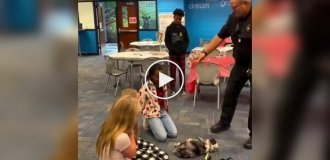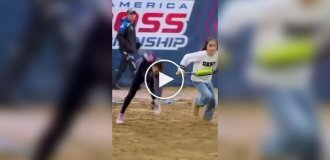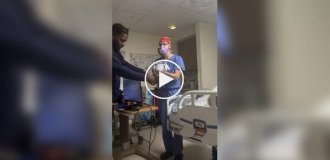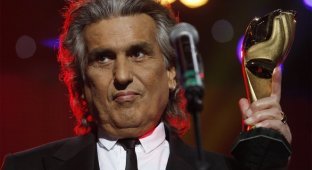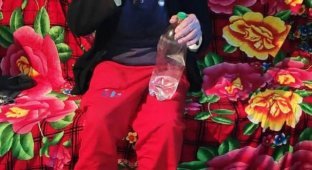The story of Frank Costello, the real Godfather of the New York mafia (8 photos)
The famous New York mafia boss Frank Costello survived gang violence, government investigations, and even a shot in the head, and never carried a weapon with him. Despite the huge number of crimes he organized, he died free at the age of 82. Costello, nicknamed the "Prime Minister of Crime", was one of the most successful mafiosi of all time and even became the inspiration for the Godfather himself, Don Vito Corleone. 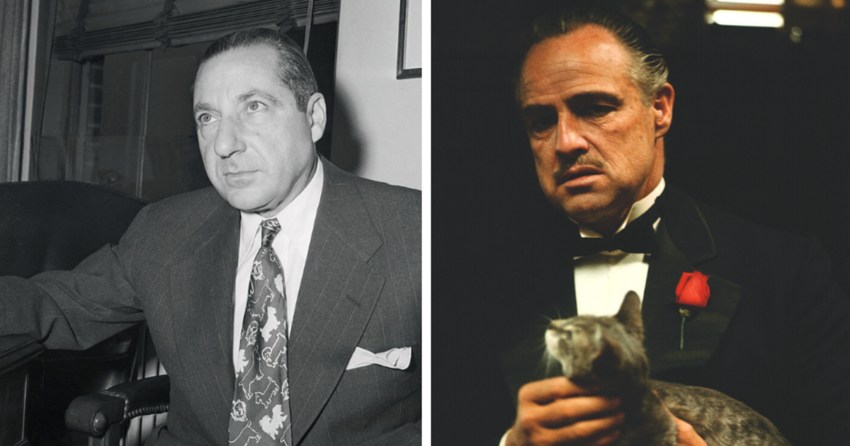
Rise to Power
Frank Costello was born Francesco Castiglia in Calabria, Italy in 1891. In 1895, his family immigrated to the United States and settled in Manhattan. When Costello was still a teenager, his brother introduced him to the Five Points Gang, and in just ten years he was arrested several times for assault, robbery and weapons possession.
In 1918, Costello married Loretta Gigerman and vowed never to carry a gun again. In the early 1920s, Costello became involved with the Morello Brothers gang and worked alongside such iconic mobsters as Benjamin "Bugsy" Siegel, Dutch Schultz and Lucky Luciano, selling illegal alcohol during Prohibition.
Under the tutelage of Joe "Boss" Masseria, he worked with Irish rum-running gangs and their leader Bill Dwyer, which inspired him to change his surname to Costello, a more "Celtic" variant. Irish and Italian gangs formed an alliance called the Combine, which controlled a fleet of ships capable of transporting more than 20,000 cases of contraband liquor at a time. 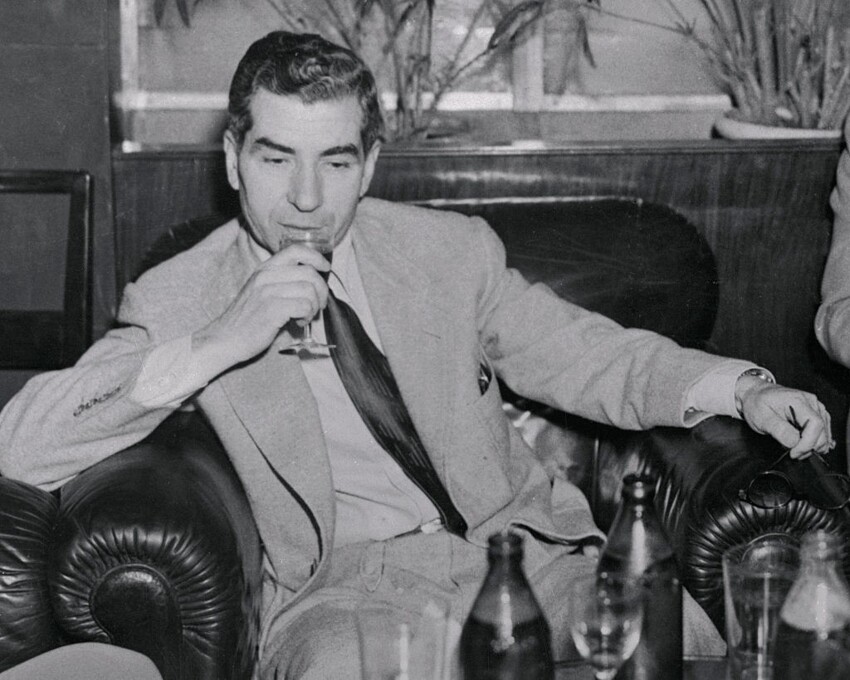
Charles "Lucky" Luciano sips wine in Rome while being interviewed by a journalist.
They succeeded in large part because they bribed some US coast guards to overlook the illegal shipments, but eventually the law caught up with them. Dwyer and Costello were charged with bringing liquor into the New York docks in 1926, but a deadlocked jury ultimately acquitted Costello of the charges. Dwyer was less fortunate - he was found guilty of bribing a US Coast Guard officer and was sent to prison.
Costello led Operation Harvester, but Dwyer's men did not get along with their new leader, sparking a conflict that became known as the Manhattan Beer Wars. Although Costello lost business as a result of these events, his status as a powerful boss began to rise.
Castellammarese War
By 1929, turf wars intensified as more groups sought to control New York's highly profitable liquor, gambling, and prostitution rackets. Around this time, Masseria, or "The Boss", launched a bloody all-out war against Sicilian mafioso Salvatore Maranzano. The conflict, known as the Castellammarese War, began when Masseria believed he had the right to dictatorship over local mafia families.
Masseria demanded that members of the Maranzano family pay $10,000 in exchange for their safety. The Maranzanos called upon a younger faction of the Mafia known as the Young Turks, led by Luciano and Costello, to help fight off Masseria, but the young Mafiosi had other plans. Luciano and Costello entered into an agreement with the Maranzano family, promising to oppose Masseria on the condition that the Maranzanos themselves kill him. 
Funeral of Joe Masseria, 1931
Shortly thereafter, Joe Masseria was shot to death in a Coney Island restaurant, and the killer left in his hand the Ace of Spades, or as the Mafia calls it, the “death card.” With the turf war officially over, Lucky Luciano orchestrated Maranzano's assassination in 1931, making him the leader of the most powerful organized crime syndicate in Manhattan and Costello his chief adviser.
Prime Minister
Under Luciano, Costello helped expand gambling in Florida and Cuba, and also made illegal deals with Louisiana Governor Huey Long to host slot machines. Alas, the slot machines did not gain the same popularity among New York politicians, including New York City Mayor Fiorello La Guardia, who ordered all of Costello's slot machines to be dumped in the Hudson River.
By expanding the business nationally and internationally, Costello ensured that money would continue to flow even after Prohibition was repealed in 1933.
In 1936, Luciano was sentenced to 30 to 50 years in prison for extortion and pimping. A year later, his successor, Vito Genovese, was also indicted and fled to Italy, leaving Costello in charge of one of America's largest criminal organizations. 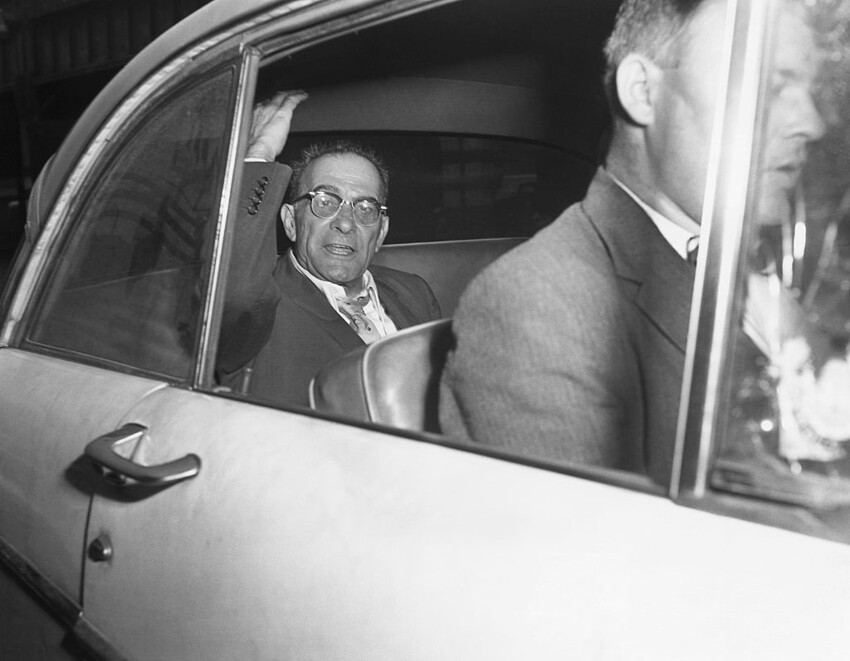
Vito Genovese, one of the most powerful bosses of the American crime syndicate, is released after posting bail of $50,000, 1950.
Costello was as much a businessman as he was a gangster. Under his leadership, the Commission, the Mafia's governing body, expanded its influence into legitimate businesses such as meatpacking. Costello was famous for easily establishing connections with politicians, police officers, judges and anyone who could be useful to the mafia.
These connections earned Costello the nickname "Prime Minister of Crime" and soon, thanks to the enormous success of his gambling ventures in Florida and Cuba, Costello became one of the richest Mafia members in the country. But even though his political connections gave him some protection, Costello eventually became embroiled in a federal conflict that threatened his livelihood and freedom.
Kefauver hearings
In 1950, the United States Senate began a massive investigation into organized crime across America, led by Senator Estes Kefauver of Tennessee. During his investigation, Kefauver interviewed 600 gangsters, pimps, lawyers and accountants who worked for the Mafia, in hopes of exposing the corruption of both criminals and government agencies.
The same men appeared before the Senate and in front of television cameras to reveal their connections to organized crime. This investigation is considered the most watched in US history: in March 1951, about 30 million Americans watched it live. 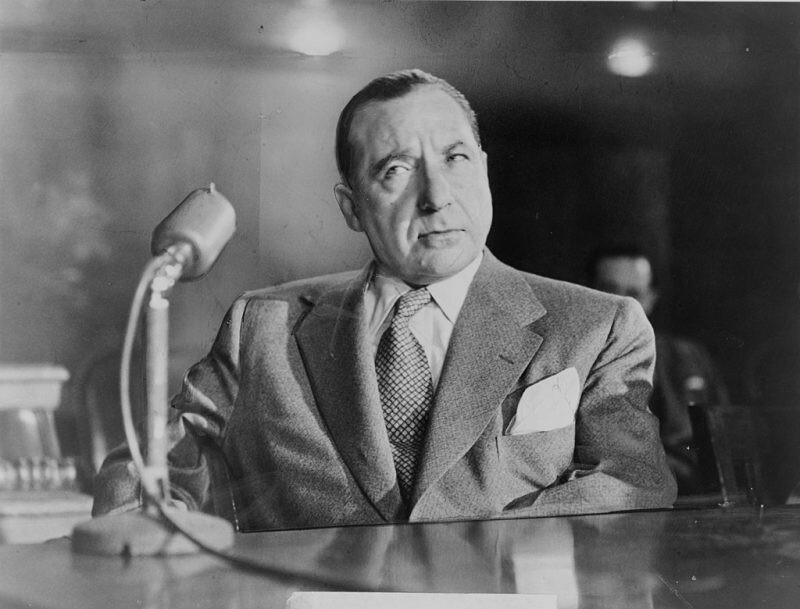
Frank Costello testifies before the Kefauver Organized Crime Committee.
The hearings captivated the nation so much that even schools were closed so that students could watch the proceedings at home. There was also an acute shortage of donor blood - one of the Brooklyn clinics even had to install a TV to attract donors.
If the Kefauver hearings were the highlight of the year, then Costello and his testimony were the highlight of the program. Costello appeared before the committee in New York wearing a tailored suit with wide lapels and his hair slicked back - an "American gangster" style that would later become firmly entrenched in popular culture through films such as The Godfather (1972). 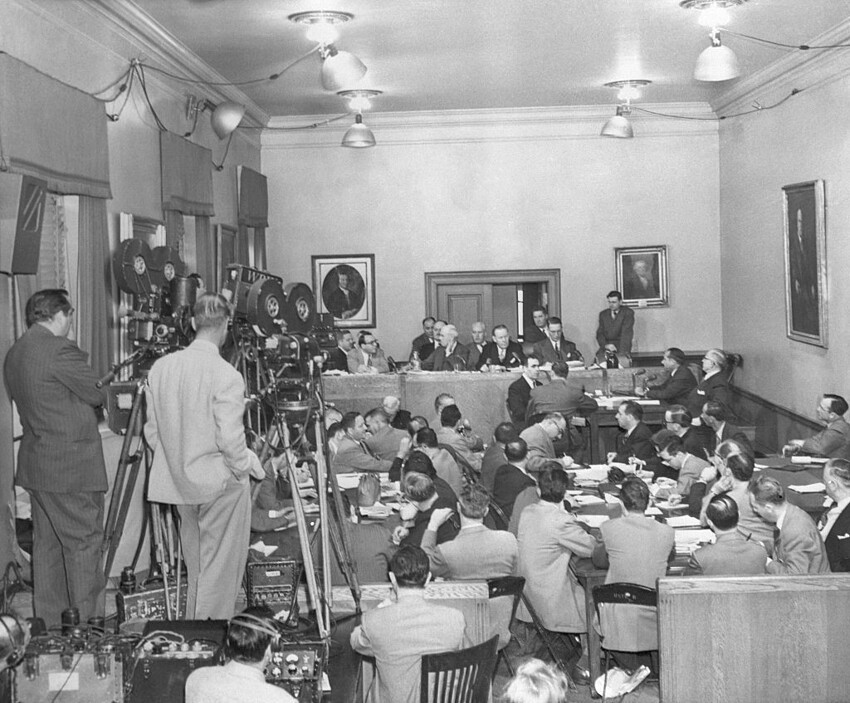
Television cameras film Frank Costello speaking at the Kefauver hearings in 1951.
Costello was the only mobster who did not invoke the Fifth Amendment of the Constitution but agreed to testify. The cameras closely followed his hands, which were "intertwined and clenched... betraying [his] inner fears and confusion." Costello initially hoped that the testimony would help convince viewers that he was an ordinary businessman, but he began to lose his temper when he realized that the interrogation was not going as he had hoped.
Assassination
Over the next few years, Costello was repeatedly imprisoned for various crimes, and his testimony at the hearings made him a prime target for the mafia. The drama reached a boiling point in May 1957, when Costello nearly took a bullet to the head. Miraculously, he survived the assassination attempt - oddly enough, thanks to the man who pointed the gun at him.
Before shooting from a passing car, Vincent "Chin" Gigante shouted, "This is for you, Frank!" Costello turned toward the scream, and the bullet only grazed his head. 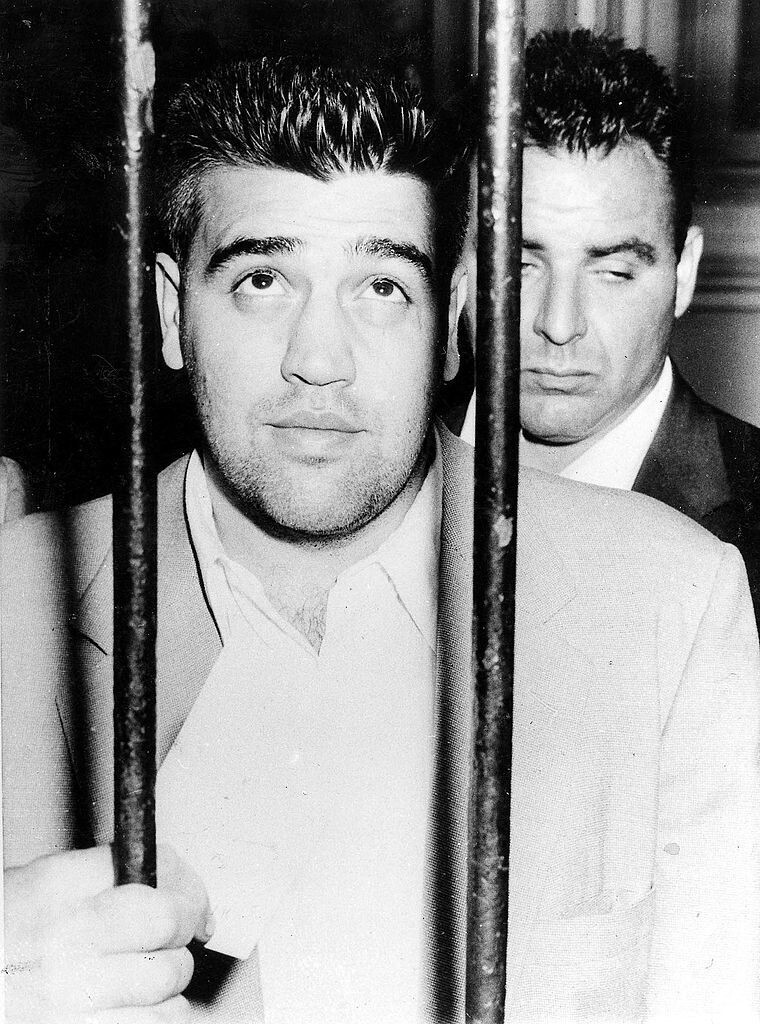
Vincent "Chin" Gigante in custody after a failed assassination attempt on Genovese crime family leader Frank Costello, 1957
The assassination attempt was a turning point for the gangster. Instead of seeking revenge, Costello made peace with Gigante and the man who orchestrated the murder: Vito Genovese. Costello handed over control of his gang to Genovese and quietly retired. Subsequently, other gangsters often visited Costello in his Waldorf Astoria penthouse to ask his advice.
Costello died of a heart attack on February 18, 1973. Today, his legacy lives on in one of the most famous characters of all time: “The Godfather” Vito Corleone. Marlon Brando watched the tapes of Kefauver's hearings with Costello and borrowed the demeanor and voice of the mobster for his movie character. 
Like Costello, Don Corleone used diplomacy and connections with businessmen and politicians to consolidate his power. Costello also shared his reluctance to engage in the drug trade, preferring the gambling business to it.
